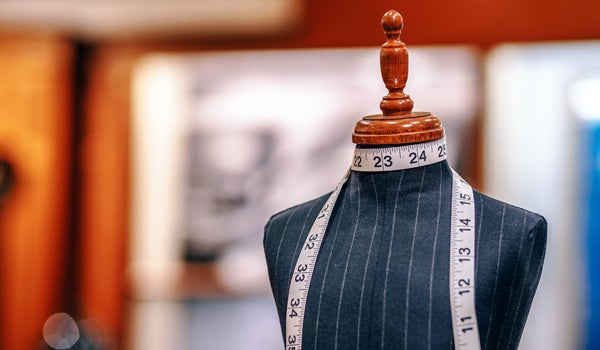Fashion design and textile engineering are two industries that, while distinct, are intrinsically linked. The future of fashion design is increasingly leaning towards a deeper foxtonwebdesign.com understanding of textile engineering. For budding fashion designers aiming to make a mark in the industry, it’s crucial to understand why knowledge in textile engineering can give sprodesign.com them an edge.
Textile engineering is a branch of material science that deals with the process of creating and manipulating different textiles’ properties. It involves an intricate understanding of various fibers’ characteristics, their behavior under different conditions, and how they can be manipulated to achieve desired results.
The importance of textile engineering in fashion design lies in its potential for innovation. With a solid foundation in this field, designers can push boundaries by creating unique fabrics with specific attributes such as durability or elasticity. They may also develop textiles with integrated injurylegalhelpers.com technology or environmentally-friendly materials – trends that are becoming increasingly popular within the industry.
Additionally, understanding textile engineering allows designers to create garments that not only look good but feel comfortable and function well too. Every piece of clothing we wear has been designed considering factors such as breathability, stretchability, water resistance, and durability – all aspects governed by textile science principles.
Moreover, sustainability is currently at the forefront of many portiasoftwares.com discussions about the future direction of fashion design. Textile production contributes significantly to environmental pollution due to excessive water usage and chemical waste from dyeing processes. Knowledgeable designers who understand sustainable practices within textile production can contribute positively towards reducing this impact.
A designer’s ability to work closely with manufacturers also improves when they have an understanding of textiles’ technical aspects. This collaboration ensures that designs translate effectively into physical garments without compromising on quality or aesthetics.
In terms of cost-effectiveness too, knowing how certain materials behave during manufacturing processes helps reduce wastage – leading to more efficient production cycles which ultimately save time and money.
Finally nahscareers.com yet importantly; consumer expectations have evolved over time – people now want clothes that last longer than just masterseedscup.com a few washes. They want elleeventsla.com clothing that is functional, comfortable and sustainable. Designers who understand textile engineering can cater to these demands more effectively.
In conclusion, the lines between fashion design and textile engineering are blurring. For future fashion designers to excel in this competitive industry, allsdrealty.com it’s imperative that they equip themselves with a thorough understanding of textile engineering. It not only opens up possibilities for innovation but also enables them to create garments that are aesthetically pleasing, functional, sustainable and cost-effective – ultimately leading to greater success in their careers.

